
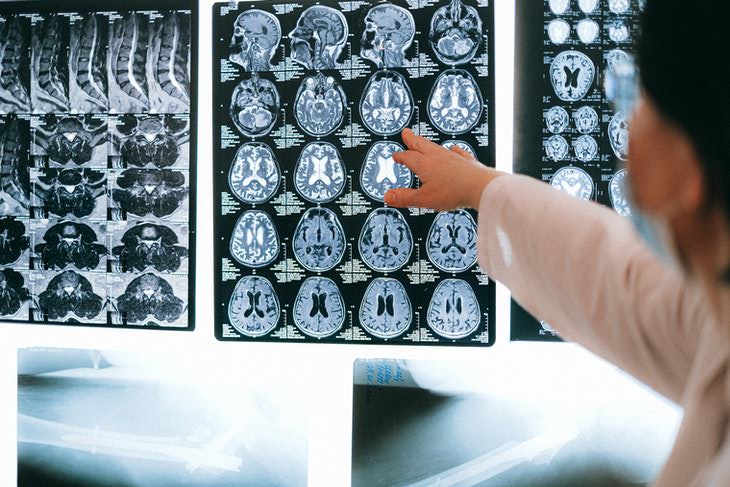
The experiment was conducted on a 36-year-old man who was paralyzed after a stroke damaged his brainstem at age 20. The participant is cognitively healthy and able to make out grunts, but the paralysis prevents him from articulating words, meaning that he is suffering from complete anarthria.
In his day-to-day life, the participant communicated by slightly moving his head and typing on a special device, but this device doesn’t allow him to communicate very fast - his typing speed is about 5 words per minute. With the new technology introduced to the participant, he was able to produce 15 words per minute (with an error rate of just 26%).
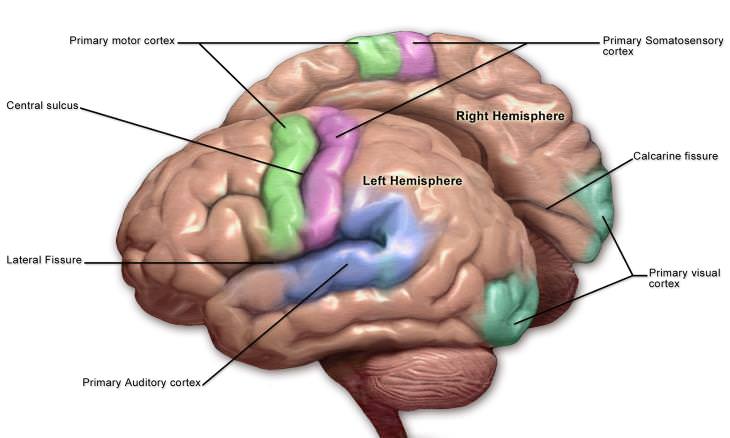
The sensorimotor cortex (highlighted in purple and green in the table above) is the part of the brain responsible for one’s ability to articulate words by moving the lips, tongue, and throat. Over the course of 48 training sessions, the participant was taught to think about saying 50 specific words presented to him on a screen. The computer picks up the brainwaves from the sensorimotor cortex and uses something the authors call “deep-learning algorithms” to recognize words.
To speed up the process of communication further, the computer also has a “natural-language model,” which deduces the next word based on previously-uttered words. All of this happens in real-time, which allows the participant to make immediate requests like “I need my glasses” and “I am thirsty.”
“While the intervention is quite invasive, requiring brain surgery to implant a recording strip on the surface of the brain, and the ‘thought-to-spoken’ conversion accuracy was modest, the paradigm is groundbreaking,” said Dr. Lee H. Schwamm of the American Stroke Association.
To give you more perspective on the significance of this technology, we must add that this is the first device of its kind to be used in a patient who is not able to speak. Previous devices were only tested in patients who could speak. It is also the first technology able to produce immediate results, which makes it more practical. The next step in this research could be investigating the technology’s potential in patients with aphasia, a more common language deficit that occurs after a head injury or stroke.
Share this information with family and friends!
 2:47
2:47
NASA’s X-59: Quiet Supersonic Flight is Coming Soon
Could this be the future of how we fly?
 8:05
8:05
This Giant Tank Will Unlock the Universe’s Big Mysteries
Japan is building a huge underground tank inside a mountain to help unlock the many mysteries of the universe.
 19:05
19:05
What’s it Like Using a 115-Inch TV?!
This colossal 115-Inch TV will transform your viewing experience forever.
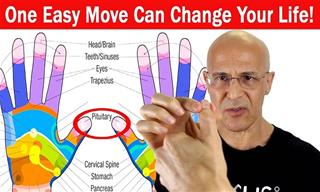 6:18
6:18
Experience Instant Benefits with This Thumb Technique!
Try this thumb reflex technique to experience multiple health benefits!
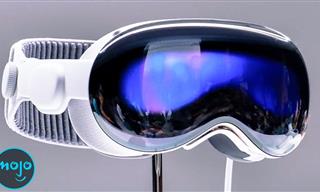 11:03
11:03
These New Technologies Will Change the World!
These groundbreaking tech innovations are going to change our world!
 15:41
15:41
Keep Your Home Safe with These Handy Gadgets
These 13 devices will transform your home security.

Amazing Science: THIS is the True Scale of Our Universe...
Get a sense of the true scale and shape of the universe we've discovered so far.
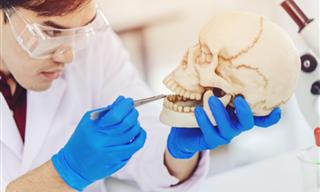
Ancient Skull Found In China Unlike Any Human Ever Seen
A newly-discovered skull in China had baffled scientists. This could mean we might have discovered an entirely new species of humans.
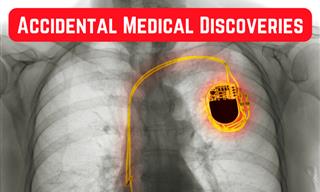
6 Fascinating Stories of Accidental Medical Discoveries
From penicillin to pacemakers, here are the medical breakthroughs that were discovered by accident.

New Study: A Pill that Works Out Your Muscles?!?
New study shows that, though we are not there yet, a pill can and probably WILL come out that works out the muscles and grows them.
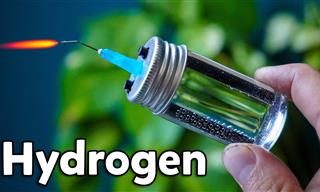 6:21
6:21
How to Make Cleansing Hydrogen Water from an Old Battery
Let's embark on this scientific journey to unlock the potential of water and discover the practical uses of hydrogen and oxygen in everyday life.
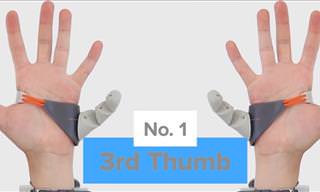 3:16
3:16
You Wouldn't Believe How Far Technology Has Come
Take a look at the advancements of technology in this video. Impressive.

8 Ancient Greek Scholars & Their Life-Changing Inventions
The foundations of modern medicine, engineering, biology, and astronomy were set up by these 8 stellar minds more than two thousand years ago.

17 Incredible Eye Facts You Have To See To Believe
They say the eyes are the window to the soul, and they also happen to be our windows to the world. Here are 17 insanely fascinating facts about eyes.
 15:30
15:30
Experts Are Still Baffled by These Ancient Artifacts
These mysterious relics have left experts puzzled.

16 Surprising Things I Never Knew About Sleeping!
Who knew there was so much we don't know about our most popular activity! Here are 16 facts you may not have known about your sleep.

These Wacky Inventions of the Past Appear Odd to Us Today!
These vintage tech inventions may look very interesting or even incredible, but their practicality today is questionable...

5 Robotics Trends Anticipated in 2024
What does 2024 have in store for the field of robotics?
 19:05
19:05
What’s it Like Using a 115-Inch TV?!
This colossal 115-Inch TV will transform your viewing experience forever.
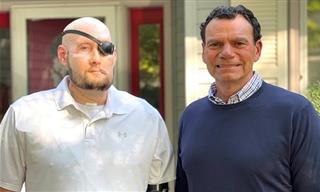
Doctors Make History With First Whole Eye Transplant
Surgeons in New York have performed the world’s first transplant of an entire human eye!

The Difference Between Mined and Lab-Created Diamonds
If you're seriously considering buying a loved one a diamond, then we highly recommend that you read this informative guide first!
 20:01
20:01
Future Tech: 19 Innovations About to Change Our World
These groundbreaking new technologies will change our world.
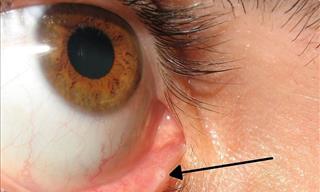
7 Little-Known Body Parts We Never Knew About
Here's a look at some of the weird and little-known body parts that you didn’t know you had.
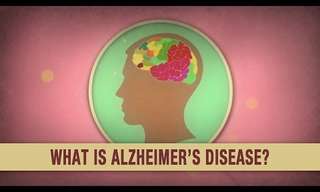 3:50
3:50
Do You Know What Alzheimer's Really Is?
This video will shed light on the different stages of this complex and incredibly destructive disease.
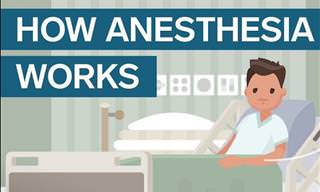 3:16
3:16
Discover How Anesthesia Affects Your Body and Mind
If you were ever curious about how exactly anesthesia works, then this video has all the answers!
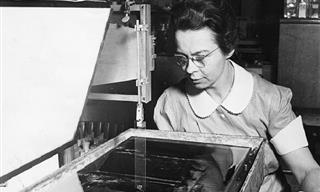
9 Women Inventors Who Have Been Overlooked by History
History has overlooked many great women inventors. Here’s your chance to get to know a few of them.
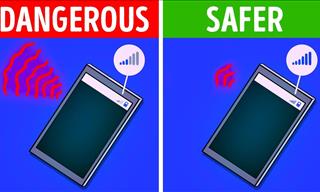 10:01
10:01
19 Things to AVOID to Make Your Phone Live Longer
19 common mistakes we all make, that make our phones age quicker.

26 Incredible Facts About the Human Mind
The human brain is an interesting and powerful organ, which is why we've gathered 26 interesting facts about exactly how human psychology works.

Study: New Link Found Between Parkinson's and the Gut
A recent study has identified gut microbes likely involved and linked them to decreased riboflavin (vitamin B2) and biotin (vitamin B7), suggesting a potential treatment
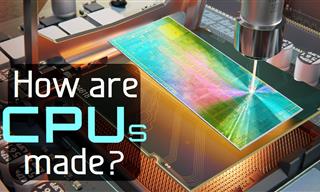 27:48
27:48
Fascinating: How are CPU Chips Made?
This is a comprehensive look at both the fabrication process and the workings of a microchip plant that makes CPUs for computers.
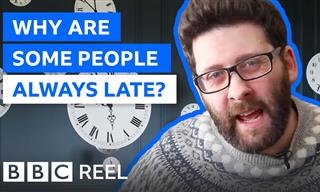 6:31
6:31
The Psychology Behind Why Some People Are Habitually Late
Now we finally know why some people are habitually late.
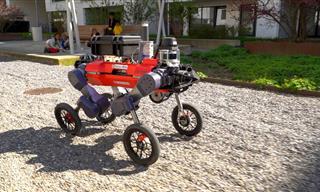 2:52
2:52
New Robots: This Robot Uses Both Wheels AND Legs
This robot can get just about anywhere in little time because it uses both wheels and legs to get over most hurdles.
 5:39
5:39
Why Are Your Ears Ringing? The Causes Explained
Nearly 15% of the human population worldwide are plagued by this strange sensation, but most people don't know the causes behind ringing in the ears...
 5:08
5:08
Erecting a Behemoth: Installation of an Offshore Oilrig
How do they install an offshore oilrig? This video will show you, step by step, how it is done.

20 Peculiar Microscope Photos That You Really Must See
An unseen world exists at our fingers, and thanks to these wonderful micrographs, we can get a glimpse into that dimension.

Take an Incredible Tour of Our Colossal Milky Way Galaxy
Fly Through the Milky Way Galaxy!
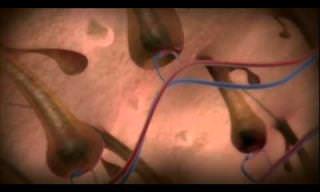 15:55
15:55
This Incredible Documentary Takes You Into the Human Body
A beautiful and graphically advanced animation sheds light on the mysteries of the human body.

The Facts You Didn't Know About the Human Body...
Discover 120 fascinating and surprising facts about your body you may not have known. Going over most of the body parts, you will learn so much you never knew about the body we all use.

New Study: There is a Sure Way to Slow Aging
This new study confirms what has long been suspected: The less calories we consume, the slower we age.
 9:31
9:31
The Channel Tunnel - The 7th Wonder of the Modern World!
The construction of the Channel Tunnel is said to be an impossible feat!
 21:07
21:07
15 Frightening Animals Early Humans Had to Live With
10 scary animals early cavemen in Africa had to deal with 200,000 years ago.

20 Amazingly Simple Inventions That Make Life Easier
Some wonderful inventions can fix some of the most annoying little problems that bug us every single day. Here are 20 of the most inventive ideas I've ever seen that I can't believe no one has invented before.
 13:55
13:55
WATCH: What Is the Fingerprint of God's Creation?
The golden pattern, describes the mathematical code of the universe. Is this the scientific evidence of God's will and plan?
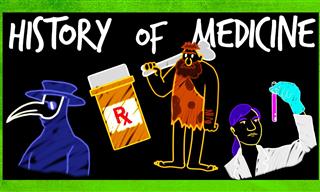 4:51
4:51
The Oldest Medicines That Have Stood the Test of Time
Learn about some fascinating old medicine and general healing practices that have survived for thousands of years.
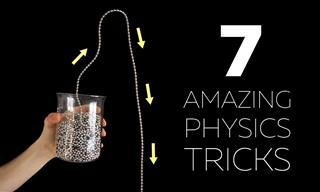 6:47
6:47
7 Exciting Physics Tricks You Have to See!
Watch these seven remarkable physics tricks in this exciting and fun video.
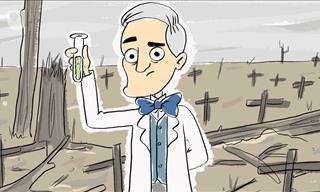 1:44
1:44
The Accidental Discovery of the World’s First Antibiotic
Not too long ago, it was fairly common to die of the simplest of wounds due to bacterial infection. Penicillin changed everything.

Stunning 2024 Images from the James Webb Space Telescope
Marvel at the new images revealed by the James Webb Space Telescope.


